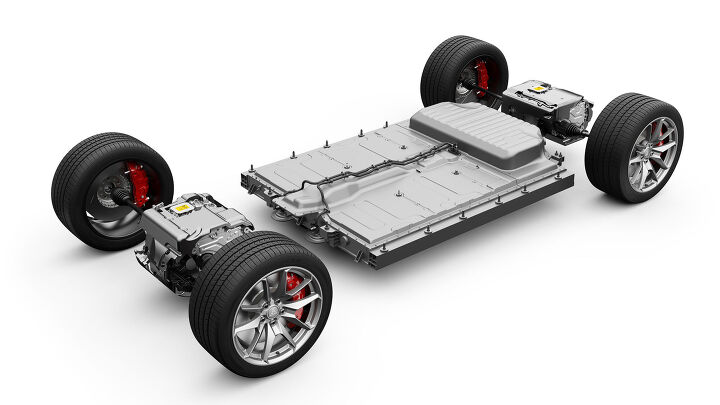
Dodge is in the news this week with its new Charger, which will be offered with gas and electric powertrains. While the automaker’s parent company is moving toward electrification, it remains dedicated to internal combustion, announcing that it would invest billions in a new engine that runs on ethanol. The automaker said its investments in South America, specifically Brazil, show its confidence in the continent and a desire to reduce emissions with bio-hybrid technologies.
Stellantis said the engine could power up to 40 new models and noted that the design allows it to slot into the company’s existing factories in South America, reducing costs. The first flex fuel vehicle is due out late this year. Stellantis will eventually offer three variations on the theme, including a hybrid, a plug-in hybrid, and a full EV.
South America is a significant market for Stellantis, where sales of Fiat buoyed the brand’s bottom line and helped make it the company’s best-selling brand. The automaker said that it leads Brazil, Argentina, and Chile in sales, exceeding 878,000 units last year and giving it a 23.5 percent market share.
Stellantis, at least in America, is the house that Hellcat built, so it’s unclear if these technologies will make their way to our shores. There have only been a few EV announcements from the company, but it’s moving away from the rowdy V8s of the last several years into smaller turbocharged applications and plug-in hybrids.
The Dodge Charger might not be the most appealing to gearheads, but the electric and gas versions don’t give up much performance to achieve their lower emissions. The electric Charger Daytona has up to 670 horsepower and a 3.3-second 0-60 mph time, while the Scat Pack configuration can cover the quarter mile in 11.5 seconds.
[Image: Stellantis]
Become a TTAC insider. Get the latest news, features, TTAC takes, and everything else that gets to the truth about cars first by subscribing to our newsletter.

